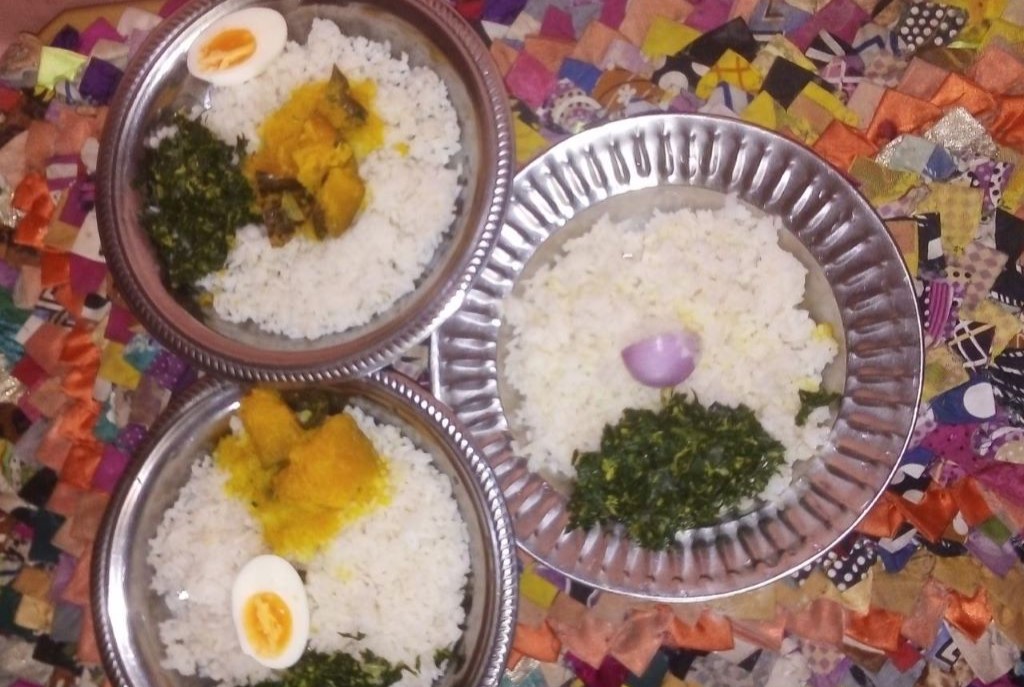The study of food environments is rapidly gaining popularity as they sit at the heart of food systems. Food environments are people’s surrounding food landscape – the places and the contexts in which they acquire food and which influence their food choices, from formal retail and marketing to more traditional ‘wet’ markets, to ‘wild foods’, gifting and exchange.
They are the place where people come into contact with food and therefore the processes of the wider food system. The interactions that take place here determine food acquisition and therefore diet and nutrition outcomes. Understanding the complex dynamics that occur within food environments is essential to designing supportive policies and interventions to improve access to healthy foods.

As part of the Fruit and Vegetables for Sustainable Healthy Diets (FRESH) initiative, IDS and Colombo Urban Lab sought to understand how working class poor communities in two areas of Sri Lanka’s capital city of Colombo experience their food environment. We have developed an integrated approach to explore food environments from multiple perspectives – completing a census of vendors including the food types on offer and mapping these spatially, understanding community and food vendor perspectives, needs, and concerns through in-depth interviewing and ‘seeing’ the food environment through community members eyes through participatory photography. These rich data sources have been layered in a StoryMap to draw diverse audiences into the lived realities of urban working-class poor communities as they navigate their food environments.
This brings to life individual stories, collective themes, maps of the vendors and food availability in the area, illustrated with images taken by community members to tell their story of their food environment.

Colombo Urban Lab presented and validated the work with community members, vendors and policymakers in order to develop a set of policy recommendations that speak to the complex challenges community members and vendors have identified. These call for direct food environment actions and wider system-level levers to support quality of life and therefore healthy food acquisition.
Now, the StoryMap process is being adapted in one of Sri Lanka’s most marginalised contexts, working with the Malaiyaha Tamil community in a low country tea plantation. Using the story maps for further dialogue with policymakers and programme implementers will help illustrate the current challenges and opportunities to support access to fresh fruits & vegetables.
A summary of the text is also available in Tamil and Sinhala
FRESH is implemented by CGIAR researchers from IFPRI, CIMMYT, The Alliance of Bioversity International and CIAT, IWMI, and CIP in close partnership with World Vegetable Center, Applied Horticultural Research, the University of Sydney, the Institute of Development Studies, Wageningen University & Research, and the University of California, Davis, Borlaug Institute of South Asia, Sokoine University of Agriculture, Wayamba University of Sri Lanka and the Philippines Department of Science and Technology-Food and Nutrition Research Institute. This initiative is funded by the CGIAR Trust Fund.
